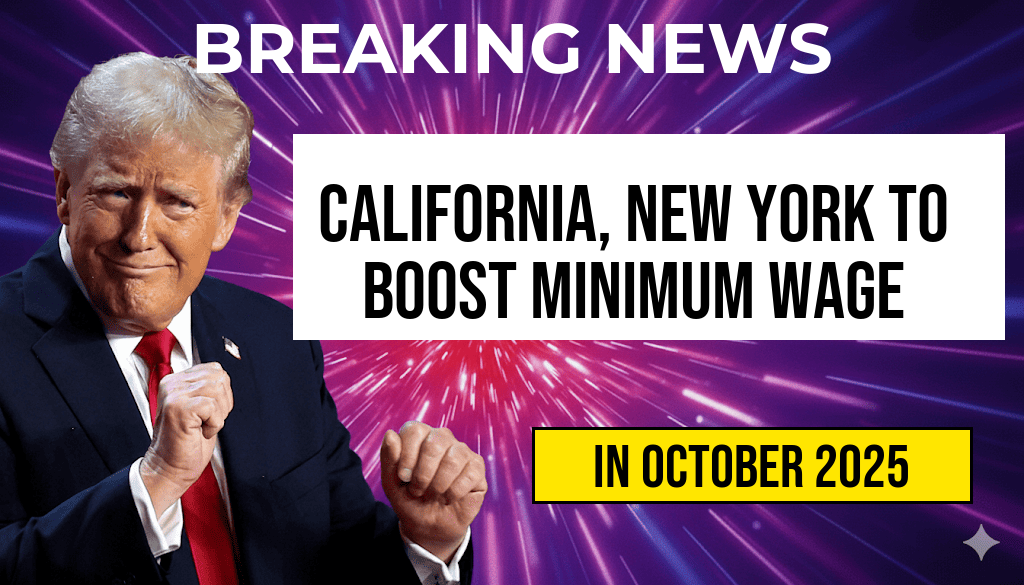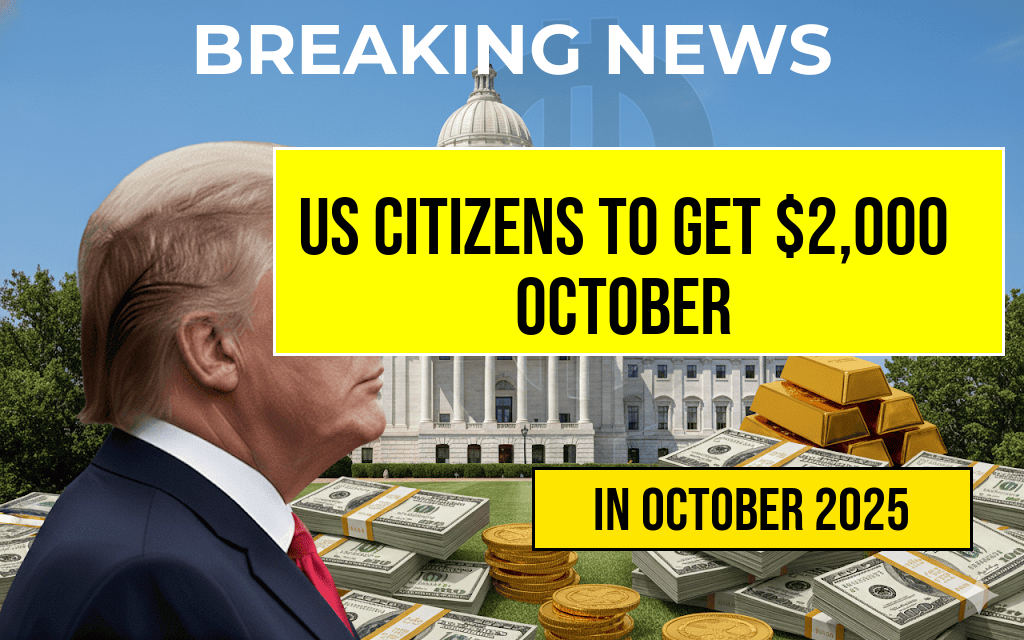California and New York are moving toward unprecedented minimum wage thresholds, with both states preparing to set their base pay at $16.50 per hour. This shift reflects ongoing efforts to address rising living costs amid inflationary pressures and to promote wage equity across major economic hubs. While California’s proposed increase is part of a broader plan to gradually raise the minimum wage statewide, New York’s initiative aims to standardize wages in response to the state’s growing economic disparities. These adjustments could impact millions of workers, influence local business operations, and reshape regional labor markets. The plans come amid ongoing debates about the balance between fair compensation and economic growth, with policymakers emphasizing the importance of supporting low- and middle-income earners in some of the nation’s most expensive regions.
California’s Path Toward $16.50
Legislative Framework and Timeline
California’s push for a $16.50 minimum wage is embedded within a phased approach that aligns with the state’s broader efforts to reach a $15.50 baseline by 2023, with subsequent increases planned over the next several years. The California Department of Industrial Relations has proposed to incrementally raise the minimum wage for large employers (more than 26 employees) to meet the $16.50 target by January 2024. Smaller businesses may follow a slightly delayed schedule, with adjustments designed to ease the financial impact on small enterprises.
Economic and Political Considerations
Supporters argue that increasing the minimum wage to $16.50 will boost consumer spending, reduce reliance on social safety net programs, and address wage stagnation. Critics, however, warn that such hikes could lead to higher payroll costs, potentially resulting in reduced hiring or increased automation. California’s diverse economy, spanning technology, agriculture, and entertainment, complicates predictions about how these changes will influence employment levels.
Potential Impact on Workers and Employers
| Aspect | Expected Outcome |
|---|---|
| Worker Earnings | Increased income for millions, especially in low-wage sectors such as hospitality, retail, and agriculture |
| Business Operations | Possible adjustments in staffing, pricing, or automation to absorb higher labor costs |
| Cost of Living | Potential stabilization or slight reduction in cost pressures for workers living paycheck to paycheck |
New York’s Wage Elevation Strategy
Statewide Goals and Implementation
New York’s plan to reach a $16.50 hourly minimum wage reflects efforts to address economic disparities, particularly in New York City and surrounding areas where housing costs are among the highest nationally. The New York State Department of Labor has announced that, starting from late 2023, certain regions will see gradual increases, with the goal of reaching $16.50 by mid-2024 for large employers. Smaller businesses and rural areas may experience different timelines, ensuring a balanced transition.
Regional Variations and Challenges
While the overall goal is uniform, regional differences in economic conditions pose challenges. Metropolitan areas with high rent and living expenses are expected to see more immediate wage hikes, which could influence the cost structure for local businesses. Conversely, more rural regions might face slower increases, raising concerns about wage disparities within the state. Advocates argue that aligning wages with regional costs of living is essential for maintaining economic stability and attracting talent.
Implications for the Labor Market
- Increased consumer purchasing power in major urban centers
- Potential shifts in employment patterns as businesses adapt to higher labor costs
- Pressure on small businesses to absorb wage increases or pass costs onto consumers
Broader Economic Context
Inflation and Cost of Living
Both California and New York have experienced significant inflation in recent years, impacting housing, transportation, and everyday goods. Raising the minimum wage to $16.50 aims to offset these pressures, enabling workers to maintain purchasing power. According to the U.S. Bureau of Labor Statistics, inflation rates in these states have outpaced national averages, intensifying calls for wage adjustments.
Policy Debates and Future Outlook
Proponents argue that such wage increases are necessary to ensure economic dignity and reduce income inequality. Critics caution that rapid wage hikes could lead to unintended consequences, such as increased unemployment or higher prices. Policymakers continue to balance these considerations, with some exploring supplementary measures like targeted tax credits or workforce development programs to support low-income earners.
Resources and Further Reading
Frequently Asked Questions
What is the upcoming minimum wage increase in California and New York?
The minimum wage in California and New York is set to increase to $16.50 per hour, marking a significant step toward improved wages for workers in both states.
When will the new minimum wage of $16.50 per hour take effect?
The scheduled implementation date for the $16.50 per hour minimum wage varies by state and locality, but it is anticipated to be effective within the upcoming year as part of phased wage increases.
Which workers will be affected by the minimum wage increase?
The raised minimum wage will impact hourly employees across various sectors, including retail, hospitality, and service industries, benefiting countless workers in both California and New York.
Are there any exceptions or specific conditions related to the wage increase?
Some exceptions may apply, such as large employers or temporary workers, depending on state laws and regulations. It is advisable to check local guidelines for detailed information.
What are the reasons behind California and New York’s decision to raise the minimum wage?
The decision aims to boost worker income, reduce income inequality, and promote economic growth in both states by ensuring wages keep pace with the cost of living.





